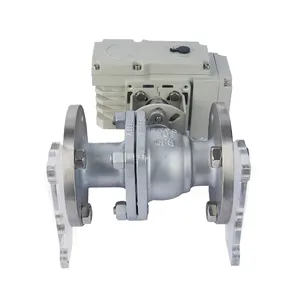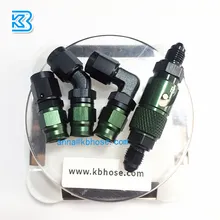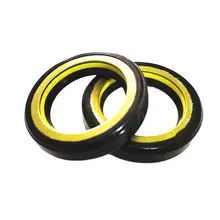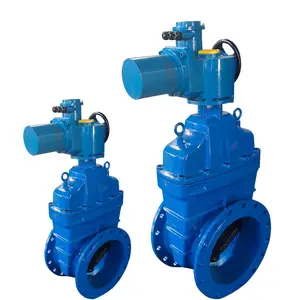Introduction to Electrical Drive for Valve
Valve operation in industrial and residential settings is a critical component of system regulation, and the integration of an electrical drive for valve is pivotal in modern automation. This category encompasses devices designed to control valve position through electrical power, translating electrical energy into mechanical torque. This introduction delves into the various aspects of these drives, highlighting their functionality, types, and applications.
Types and Applications
Electrical valve actuators come in multiple forms, each suited to specific tasks. Common types include rotary, linear, and part-turn actuators. Rotary actuators are often paired with ball and butterfly valves for quick rotation, while linear variants drive gate or globe valves, ideal for precise flow control. Part-turn actuators are used for valves that require less than a full 360-degree turn. These actuators play a vital role in water treatment facilities, HVAC systems, and process industries where they manage fluid flow with precision.
Features and Materials
The construction of an electrical valve actuator involves robust materials capable of withstanding harsh environments. Typically, these materials include stainless steel, brass, and PVC, catering to the diverse requirements of different systems. Features such as manual override, position indicators, and smart control compatibility enhance the functionality of these drives, providing flexibility and ease of use in various applications.
Advantages of Electrical Valve Actuators
Opting for an electric actuator for valve operation offers several advantages. These units are energy-efficient, requiring less power than pneumatic or hydraulic counterparts. They also allow for precise control and can be easily integrated into automated systems for remote operation. The adaptability of these drives to various valve types makes them a versatile solution for flow control needs.
Selection Considerations
When selecting an electric valve actuator, it is essential to consider factors such as torque requirements, valve size, and the specific environment in which it will operate. Actuators come with different IP ratings, indicating their resistance to environmental factors like dust and water, which is crucial for ensuring longevity and reliability.
Conclusion
Alibaba.com presents a comprehensive collection of electrical drives for valves, catering to a broad spectrum of industrial and residential applications. While exploring the range of options, buyers can assess the specifications and features that align with their system requirements. The platform facilitates the discovery of suitable actuators, ensuring that the flow control needs of any piping system are met with precision and efficiency.










































 浙公网安备 33010002000092号
浙公网安备 33010002000092号 浙B2-20120091-4
浙B2-20120091-4